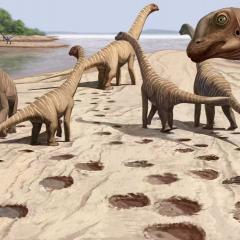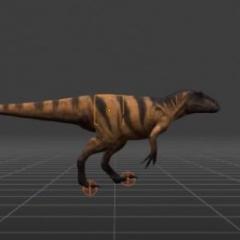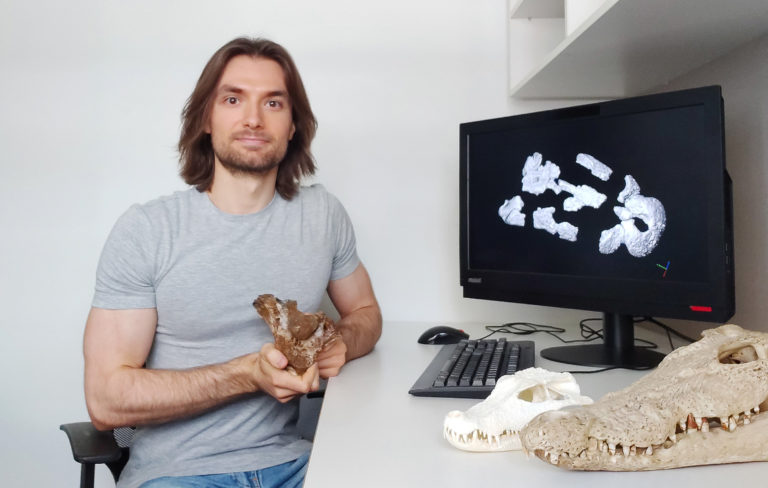
A prehistoric crocodile over 5 m long ruled the waterways of southeastern Queensland only a few million years ago. Dubbed the ‘swamp king’, the new species has been identified from fossils that were first unearthed in the 1980s near the town of Chinchilla on the Darling Downs.
University of Queensland School of Biological Sciences PhD student Jorgo Ristevski and colleagues describe the new fossil crocodile in an international journal on 21 December 2020.
As part of his doctoral thesis, Mr Ristevski was tasked with examining crocodylian fossils from southeastern Queensland.
“Crocodylians were an important component of Australia’s ‘megafauna’ during the last few million years. Their fossils are relatively common across the drainage basins of eastern Australia,” Mr. Ristevski said.
Discoveries of fossilised remains from large crocodylians from Queensland date back to the 19th century. In 1886, several fossil fragments found in southeastern Queensland were recognized to be from an extinct crocodylian, for which biologist Charles Walter de Vis coined the name Pallimnarchus pollens. It was the first extinct crocodylian from Australia to be formally named.
Pallimnarchus pollens was a name used widely throughout the 20th century, and many crocodylian fossils found in Australia were referred to it. However, the fragmentary condition of many of these fossils, particularly the original specimens described in 1886, has led to confusion as to what type of crocodylian Pallimnarchus pollens represented.
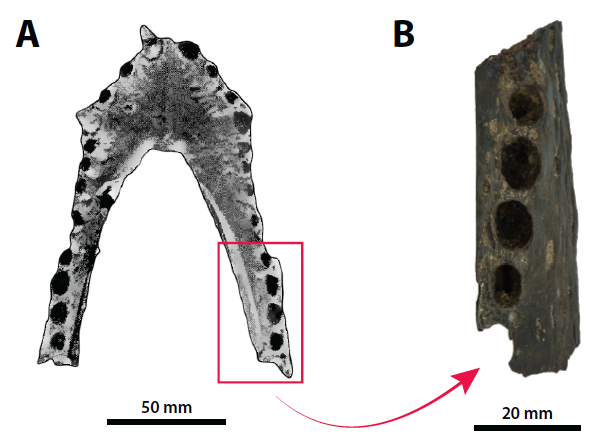
In order to reassess Pallimnarchus pollens, the team wanted to commence their study by examining the type specimen for the species. Unfortunately, the type specimen of Pallimnarchus pollens went missing sometime in the late 1990s or early 2000s, and all that was left was a small, uninformative fragment.
“The only source of information on the now missing type specimen is old published photographs and descriptions. However, they did not reveal any distinguishing features,” Mr. Ristevski said.
The unfortunate combination of a missing type specimen and the apparent lack of unique features meant that Pallimnarchus pollens could no longer be regarded as a valid scientific name.
Thankfully, there was another specimen.
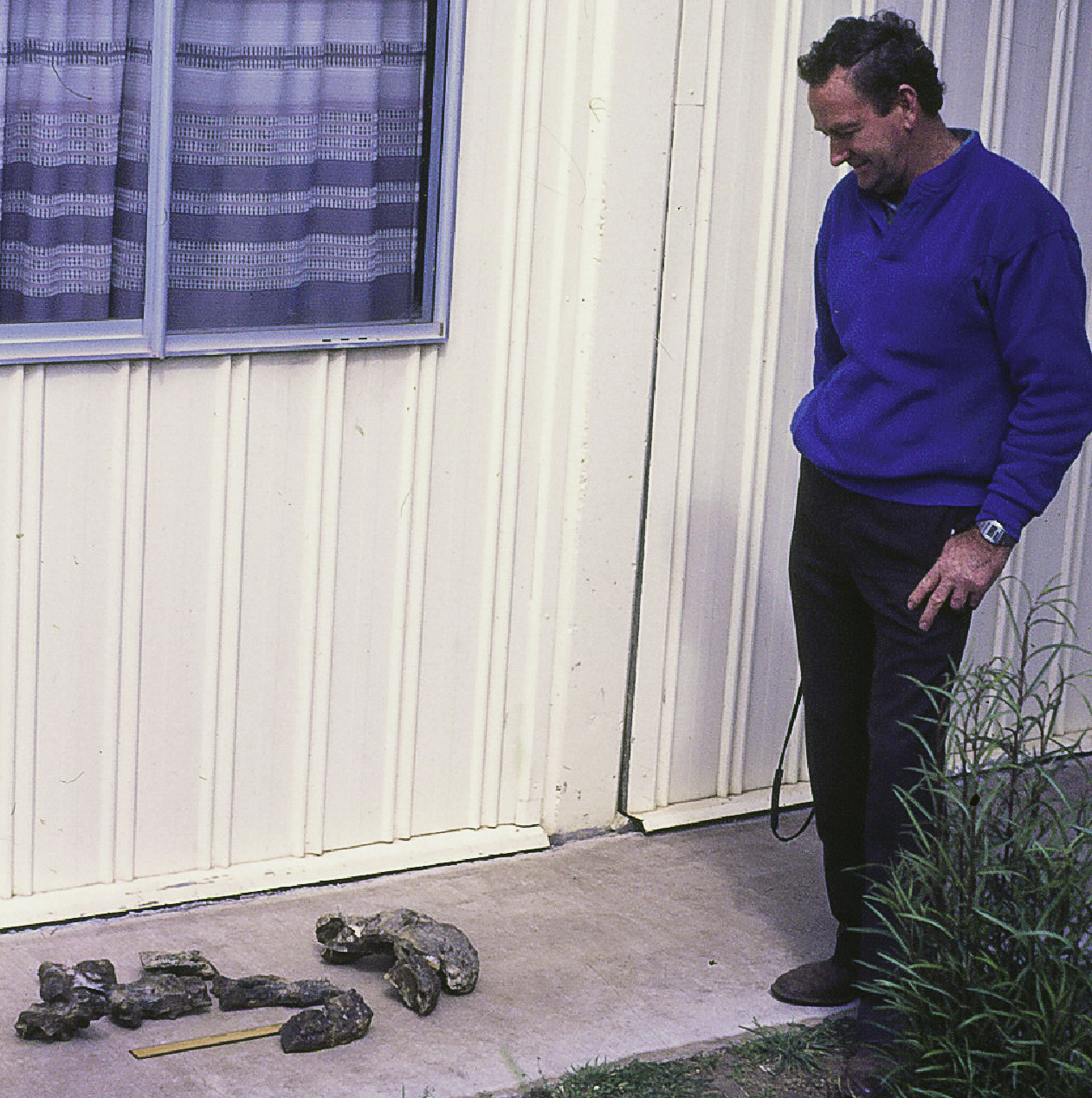
In the 1980s, the late Geoff Vincent, formerly of Dalby, came across the fossilized skull of an enormous crocodylian near the town of Chinchilla. For several years the skull was on display at the Queensland Museum, before it was returned to Mr. Vincent’s wife in 2008. It was donated to the Chinchilla Museum in 2011.
“Because we couldn’t assign the Chinchilla skull to Pallimnarchus pollens, and because it is clearly distinct from all other known crocodylians, we had to give it a new name. We decided to call it Paludirex vincenti,” Mr. Ristevski said.
Translated from Latin, the generic name Paludirex means ‘swamp king’. The name of the species, vincenti, honors the late Mr. Geoff Vincent, who discovered the skull.
“Paludirex vincenti was a large-bodied crocodylian, capable of attaining lengths of at least 5 meters. The largest living crocodylian, the Indo-Pacific crocodile Crocodylus porosus, grows to such lengths as well, with individuals over 6 m long having been recorded. But Paludirex vincenti was bulkier and had a proportionately broader snout. In life, Paludirex vincenti would have resembled an Indo-Pacific crocodile on steroids,” Mr. Ristevski said.
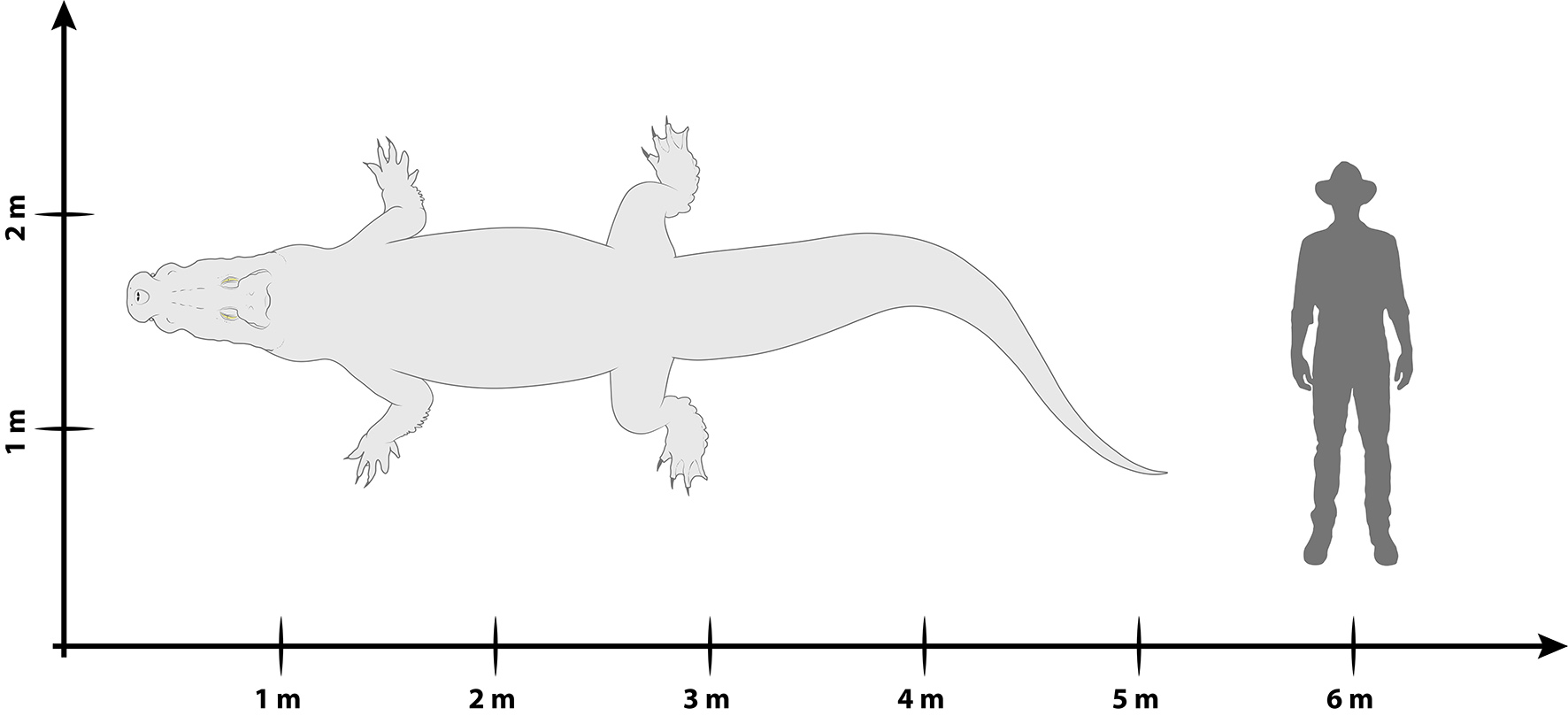
“Paludirex vincenti was one of the top predators in Australia during last few million years and would have been capable of preying on the giant prehistoric marsupials that lived in the same environments,” Mr. Ristevski said.
“The waterways of the Darling Downs were once a dangerous place because of Paludirex vincenti.”
“Species of Crocodylus appear in Australia during the last few million years. Whether Paludirex vincenti went extinct as a result of competition with species like Crocodylus porosus is hard to say. The alternative is that it went extinct as the climate dried, and these river systems contracted. We are currently looking into both scenarios,” said Dr. Steve Salisbury, Mr. Ristevski’s supervisor.
The team also recognized a second species, Paludirex gracilis, from slightly younger deposits in northern Queensland.
The study is published in the open access journal PeerJ.
Read the UQ press release here
Read the PeerJ author interview with Jorgo Ristevski here


